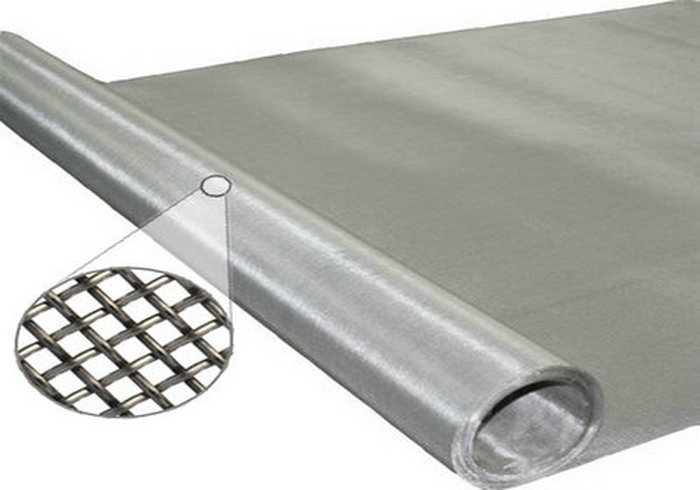Ultrafiltration Stainless Steel Wire Mesh Rolls for Filtering
Our ss wire mesh is widely used for Ultrafiltration and Macromolecules filtration and sepatration, including liquid filter. Welcome to contact with us if you have inquiry.
Material: 304,316 etc
Weave Type: Plain weave, Twilled weave, Plain dutch weave, Twilled dutch Weave, Reverse dutch weave.
Performance : Corrosion-resisting, Wear-resisting, Tear-resisting.
Uses: Mainly used for Separation and Flitration, extensively used in petroleum, chemical industry,
enviroment protection, mine, airspace, paper-making, electronic, metallurgy, liquid filtation etc.
Special size and specification are available according to customers requirment.
Normal mesh size:
Plain weave: 0.5X0.5mesh to 635X635 mesh;
Twill weave:20x20mesh to 400x400mesh;
Plain dutch weave:10X64mesh to 80X700mesh;
Twill dutch weave:20x250mesh to 400X2800mesh;
Reversed dutch weave: 48x10mesh to 720x150mesh.
Wire diameter:0.025mm-1.8mm.
Roll width:1m,1.22m, any width available at request.
Roll length:30m,any length available at request.
Sample: Free sample sent on request.
Material: 304, 304L, 316, 316L, etc.
Wire diameter: 0.025-2.0mm
Mesh count: 2mesh-635mesh
Application: sieving and filtering in acid, alkali environment
Features: alkali and acid resistence, abrasive resistence
Weaving Method: plain weave, twill weave, plain dutch weave, twill ducth weave, reverse dutch weave, five-heddle weave.
1. Plain Weave: also called tabby weave, linen weav or taffeta weave, is the most basic type of weaves. In plain weave, the warp and weft are aligned so they form a simple criss-cross pattern. Each weft thread crosses the warp threads by going over one, then under the next, and so on. The next weft thread goes under the warp threads that its neighbor went over, and vice versa.
2. Twill Weave: In a twill weave, each weft or filling yarn floats across the warp yarns in a progression of interlaces to the right or left, forming a distinct diagonal line. This diagonal line is also known as a wale. A float is the portion of a yarn that crosses over two or more yarns from the opposite direction.
3. Plain Dutch Weave: similar with plain weave, just the weft and warp wire have different wire diameter and different mesh size.
4. Twill Dutch Weave: similar with twill weave, just the weft and warp wire have different wire diameter and different mesh size.
5. Reversed Dutch Weave: difference from standard Dutch weave lies in the thicker warp wires and less weft wires.












